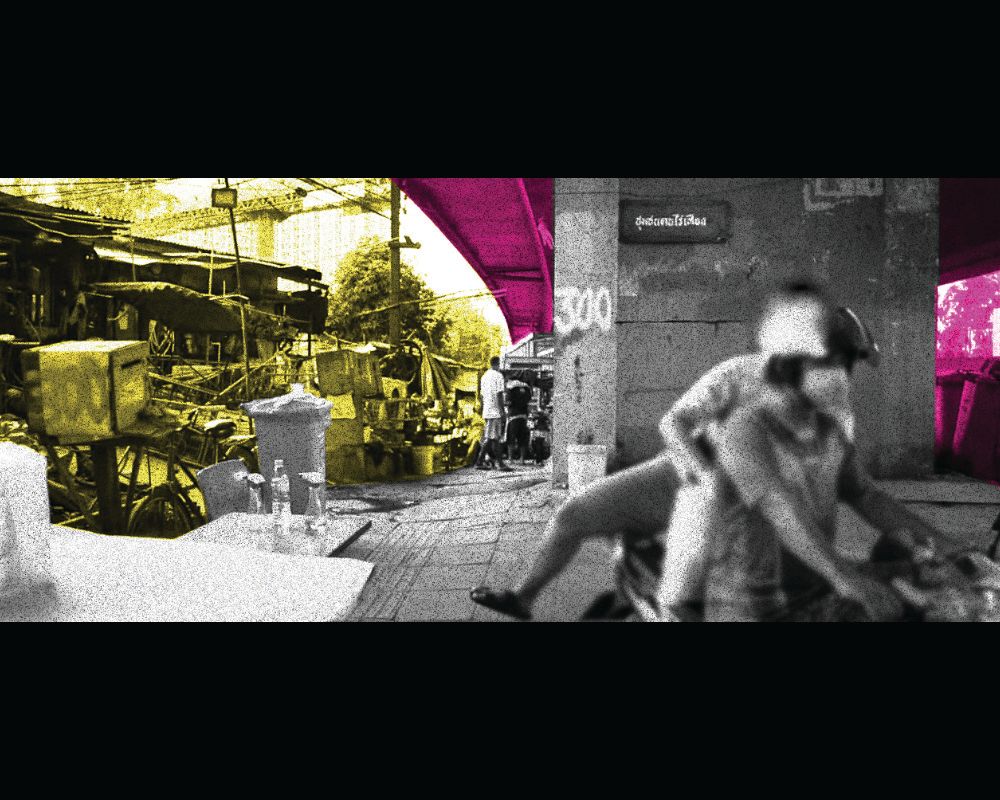
#InvisibleTrends

Architecture/Placemaking
UNHEARD
BANGKOK
The concept behind this scenario is the transition between permanent and impermanent habitats. Addressing these challenges may ultimately depend on urban policy and governance. What makes this community unique is the way their living patterns reflect a strong connection to their environment—behaviors shaped by familiarity with the surroundings and the pressures of urban development.
To foster a sense of belonging, one of the most important human needs, the idea centers on exposing architectural structures as modular units—designed to be easily assembled or dismantled for relocation and resettlement.
‘Unheard Bangkok’
Beneath a highway in the Rama 9 district—one of Bangkok’s most expensive areas—another landscape unfolds. Here, a deaf community of over 100 people, spread across 65 families from children to the elderly, has established its home. Although their living spaces lie close to or directly under the elevated roadways—areas constrained by height, limited usability, and constant noise pollution—this seemingly uninhabitable environment represents a rare opportunity: a space where the deaf community can live together and build a shared life.
The central question remains: how can habitats like these continue to adapt and survive amid the relentless pace of urban development that often leaves vulnerable communities behind?
Although this idea is still in its early stages, I hope to expand it to include other scenarios across different countries and cultures. I aim to develop this project further through various media and practical applications. If you are an architect, designer, or someone with knowledge about disabled communities or if you are interested in collaborating, please feel free to reach out.

